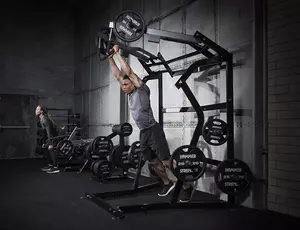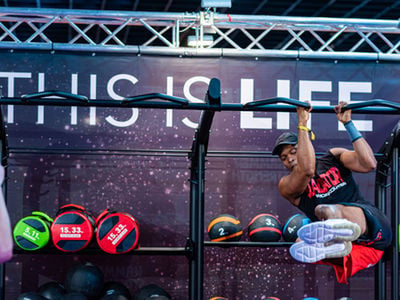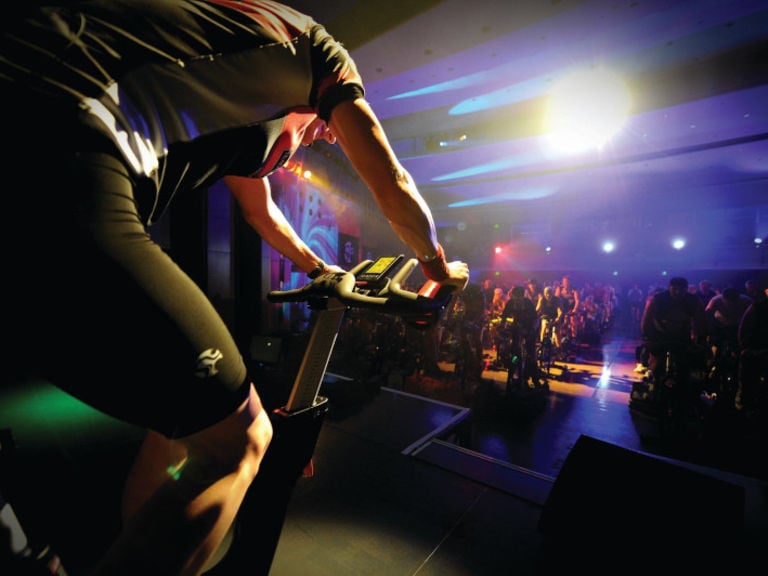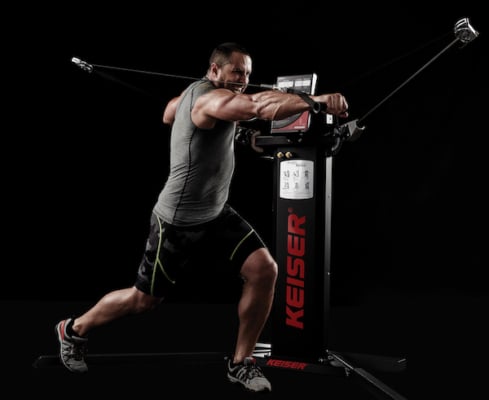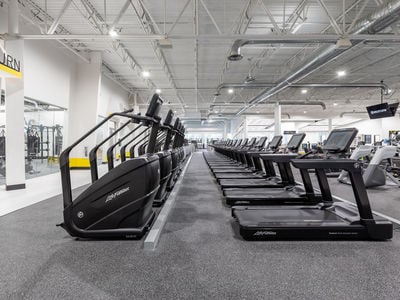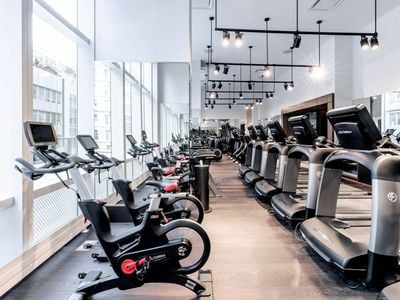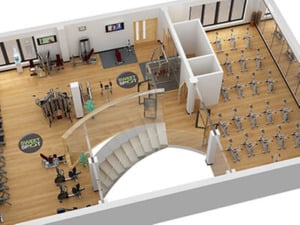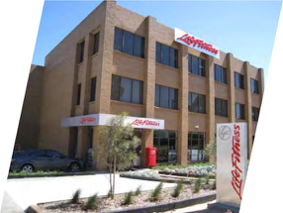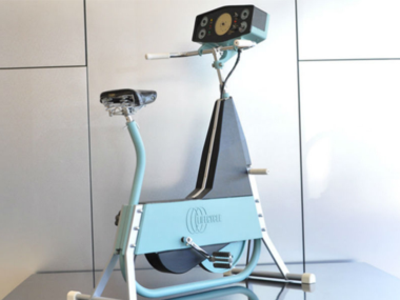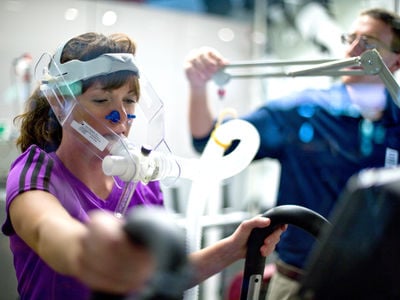When it comes to success in the gym, the number one rule is a concept known as progressive overload.
Whether you train with free weights or machines (or, ideally, a combination of both), progressive overload is the concept that should underpin everything you do in the gym. It applies to all aspects of the fitness game. Want to put on size? Get stronger? Become more explosive? Run faster? Progressive overload is the key.
Put simply, progressive overload is increasing your workload in the gym over time, putting your body under increasing stress, so that it never adapts.
In general, your body doesn’t want to change; it craves stasis. Muscle tissue is very costly, so if you don’t use it, you will lose it. So if you don’t force your body to change, it simply won’t. Your body will become lazy and only use the minimum amount of strength or build the minimum amount of muscle to accomplish what you put it through.
How do we implement progressive overload? By manipulating different training variables so that your body is forced into adapting to the stress. The simplest way to do this is to increase the weight you lift. If you can lift heavier, you’re getting stronger. You’re forcing your muscles to adapt to the stress of the heavier weight.
Related, you can also increase the number of reps you perform per set. So, if you can’t lift a heavier dumbbell at a given workout, try to aim for one or two extra reps with the lighter dumbbell. If you can perform more reps this workout than you did last workout, you’re progressing.
Other training variables that you can manipulate include volume (number of overall sets), intensity (as a percentage of your one-rep maximum), frequency of training and rest time between sets. But no matter which variables you choose to work with, the aim is to be able to get better at every workout (or at least every week), so that you can look back at your previous workouts and know that you’re lifting more weight, performing more reps or resting for a shorter period of time between sets, without guesswork.
Remember, change will probably come slowly and incrementally. However, even a small change in the right direction is a good thing. Adding a small weight plate to the barbell. Moving the pin on the Hammer Strength weight stack. If the numbers are changing, you’re moving forward.
The best thing about progressive overload is that it isn’t a fancy technique you need to remember; it’s a simple concept that should underlie every workout you do. Ask yourself with every set, every new exercise you do: am I progressing? Even if it’s by only a small amount, any progress is still progress. All those little progressions add up to create a stronger, fitter and more impressive physique.
Takeaway: Aim to do better, even slightly better, at every workout. That’s the key to true gym success.

